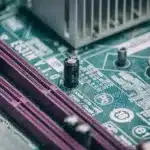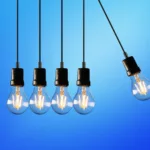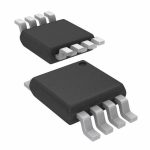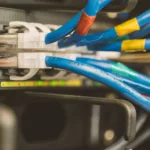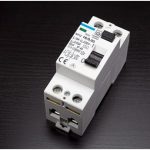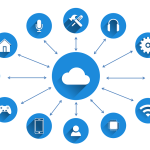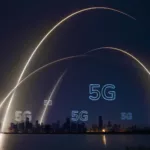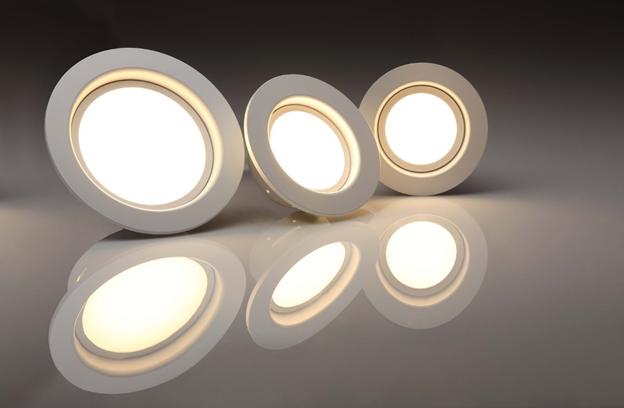
LED’s rise to popularity across the globe marked the fastest technology shift in human history, resulting in the relegation of Incandescent, CFL and halogen lamps to the back burner. Despite its dominance, LED has to confront numerous challenges to retain its title as the most preferred lighting source across the globe.
LED might have conquered the past and the present, but it has to conquer the future too, so as to sustain a continued state of relevance. Despite its achievements, LED has to confront the fact that there will not always be a steady demand for light bulbs. Installations also last much longer while maintaining their quality of light. In a classic case of an advantage, turning into a shortcoming, LEDs last for as many as 50 years. In the light of these challenges, what is going to drive the future of LED lighting? What does the future hold for LED?
Intelligent controls of LED
The vast majority of consumers might still be having simple needs with regard to lighting. The need for light at the switch of button and darkness at the switch of the same. This is about to change. The change is anticipated to be as rapid as the adoption of the LED lighting system. A large number of consumers are already demanding for intelligent and efficient lighting. According to Steve Kelly, a senior manager at Microchip Technology, the ability to adjust a light’s brightness and the color are important going forward. He went further to explain that consumers now want a network where the lights can communicate with each other.
These needs cut across all the sector. For example, physicians want to be able to raise and lower illumination. And even change the colors in their examination and operating rooms. Vehicle manufacturers want to be able to adjust the colors of the interior lighting of their vehicles. Automakers want smart headlights.
Kennely affirmed that these emerging needs can only be satisfied by electronic lighting. Digital controls have been growing fast in the recent past. This growth has seen engineers come up with new breeds of LED drivers that could manufacturers cater for these needs. This new breed of LED drivers reconfigures the input current and voltage to drive LED chips. Of course, this is not a novel concept It has been done before in analog lighting using PCB containing oscillators, inductors and IC’s to tell the components what to do. These LED drivers offer much more. According to Bryan Gates, a director of design engineering at Linear Technologies, the new LED drivers enable LEDs that have been strung together to communicate. This way, it’s able to balance the current between the strings even when one string burns out.
LED Driver Innovations
These new drivers try to ensure that irrespective of what happens to parallel LED strings, their current ratios remain identical. This is in line with the demand for good current regulation over time. This demand is being fueled by the need to maintain the same light intensity after calibration to avoid the frequent need to recalibrate light sources.
This new breed of LED drivers is also set to revolutionize the automotive industry. They enable headlights to sense oncoming cars and then dim the brightness to avoid blinding the drivers. It does this by dimming LED’s while maintaining sufficient light on the driver’s section of the road. Previously, such functions could only be achieved using very complicated arrays of sensors. And actuators coupled with halogen light and motors. This type of control was slow in changing the light shape and was very complicated.
These emerging demands of intelligent lighting systems combined with growing digital controls could see LED assume new roles. And adopt new operation routines away from simple home and office lighting.
-
Li-Fi
While speaking at Academia Sinica, Dr. Nakamura, the inventor of the blue LED spelled mixed fortunes for LED in the foreseeable future. On the bright side, he predicted that Li-Fi will soon cede its dominance to Li-Fi owing to the fact that Li-Fi can transfer data at speeds of up to a hundred times faster than Wi-Fi can achieve.
-
How Li-Fi works
To be able to send data, Li-Fi modulates light at a frequency that the human eye is not able to intercept. LEDs can turn and off up to a million times in a second. This enables them to disseminate data very quickly. A digital signal processor is integrated with an LED driver to move data from a network. Server or the Internet and convert it into a digital signal. This digital signal is then converted into a photonic signal able to transmit the data at very high frequencies as orthogonal Frequency Division Multiplex (OFDM) signals. A decoder attached to the receiving device then converts the OFDM signals back into data. It’s safe to say that soon the light in your office bulb will also be the source of your fast speed internet.
The recent past has seen the demand for high-speed Internet grow across the globe. IoT is also being absorbed very rapidly in homes, industries, and offices. This offers confidence that will be a sustained demand for Li-Fi into the foreseeable future. This translates to the sustained relevance of the LED.
On the flipside, Dr. Nakamura explained that in the future laser lighting could dethrone LED lighting as the preferred light source. He argued that laser lighting is more efficient in terms of energy consumption and offers twice the range of the LEDs. If it turns out to be true, this could substantially jeopardize the future of LED’s.
-
Global warming
The ever-growing demand for energy has pushed our appetites for fossil fuels to unfathomable levels. This has consequently resulted in the high emission of carbon into the environment leading to the greenhouse effect. The greenhouse effect has led to a rise in temperatures globally. This is evidenced by the fast melting of ice in the Arctic and Antarctica.
In a bid to reverse global warming, scientists and developed nations have been advocating for the shifting to green energy sources. They have also been advocating for the use of energy efficient appliances to reduce the energy consumed to manageable levels. LED is such a good energy conserving light source. This advocacy has seen many developed nations adopt LED as a preferred source of lighting. Developing nations are also catching with this trend in a bid to reduce carbon emission and tame global warming. This means the demand for LED lighting will continue to grow for as long this campaign for energy conservation and efficiency exists.
Whether or not Li-Fi, the demand for intelligent lighting or the global warming crusade will single-handedly hold the future of the LED can only be left to speculation. One thing is for sure though. That these technologies and crusade in one way or another, will drive the future of the LED.






